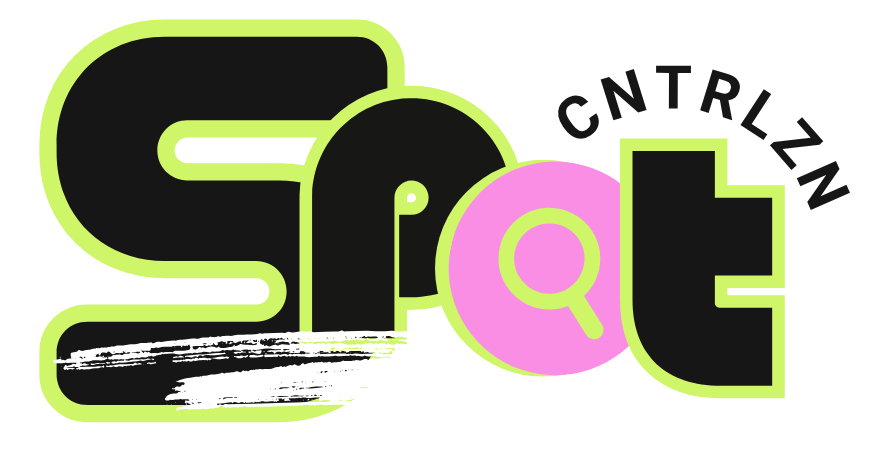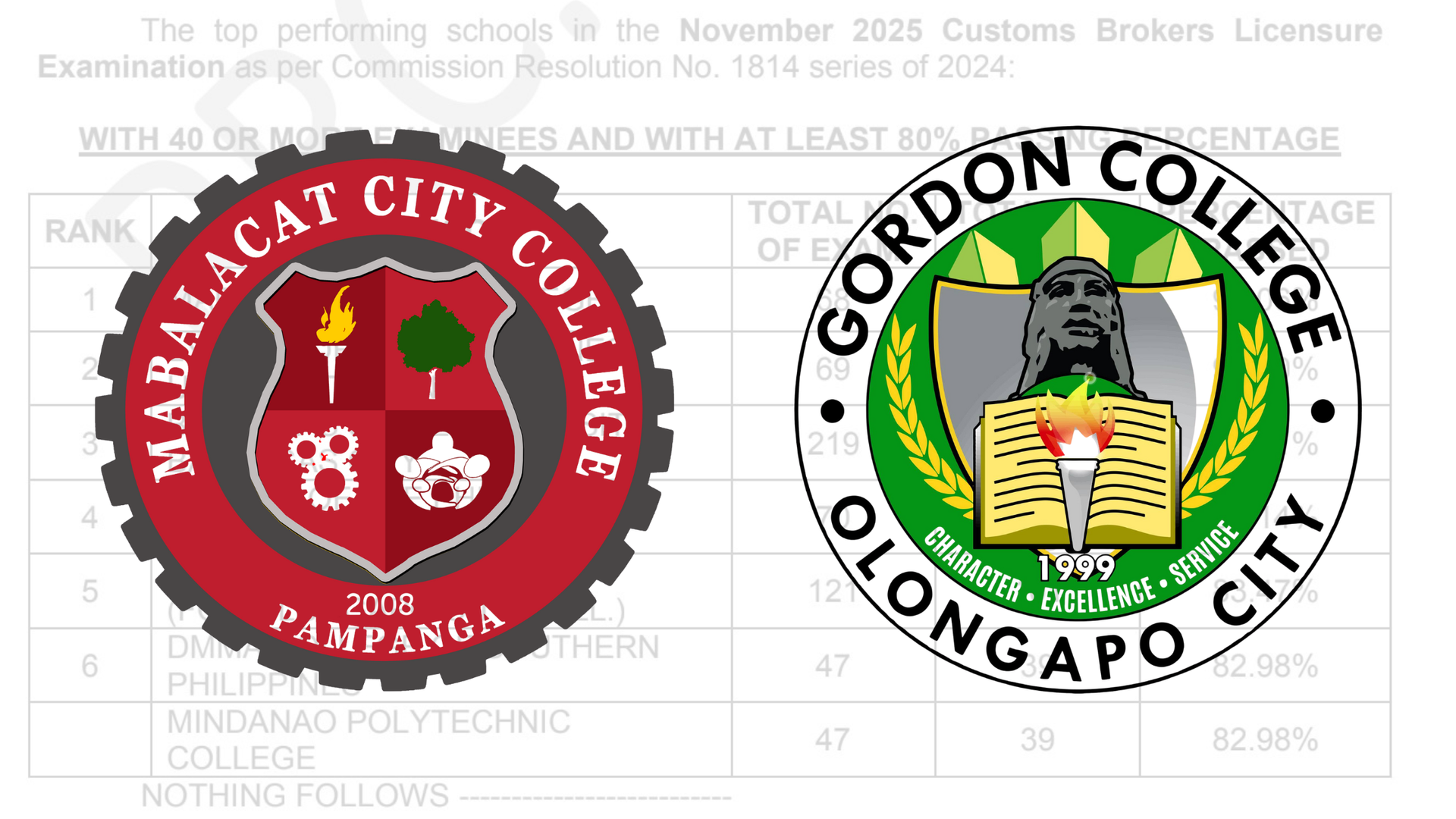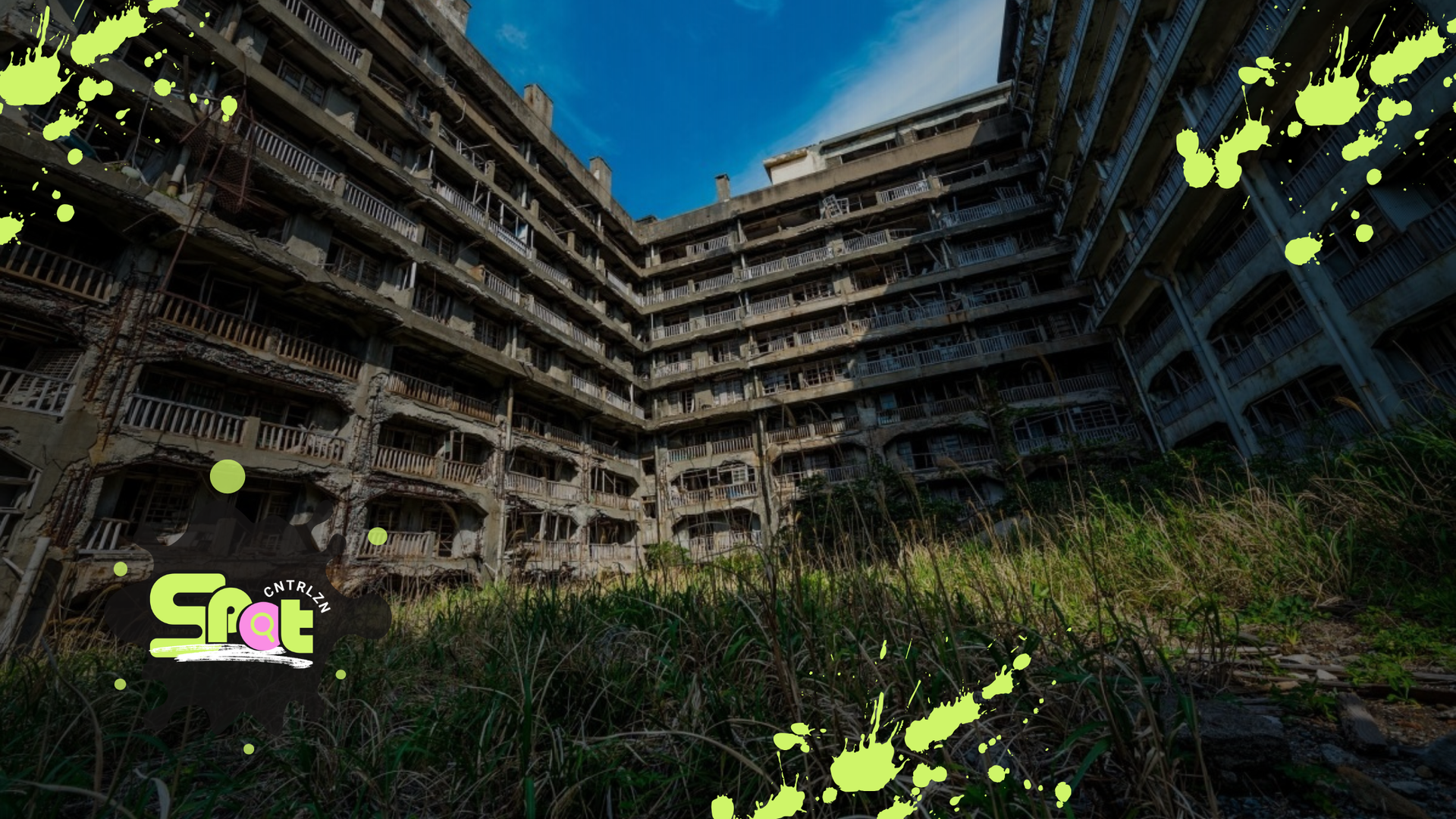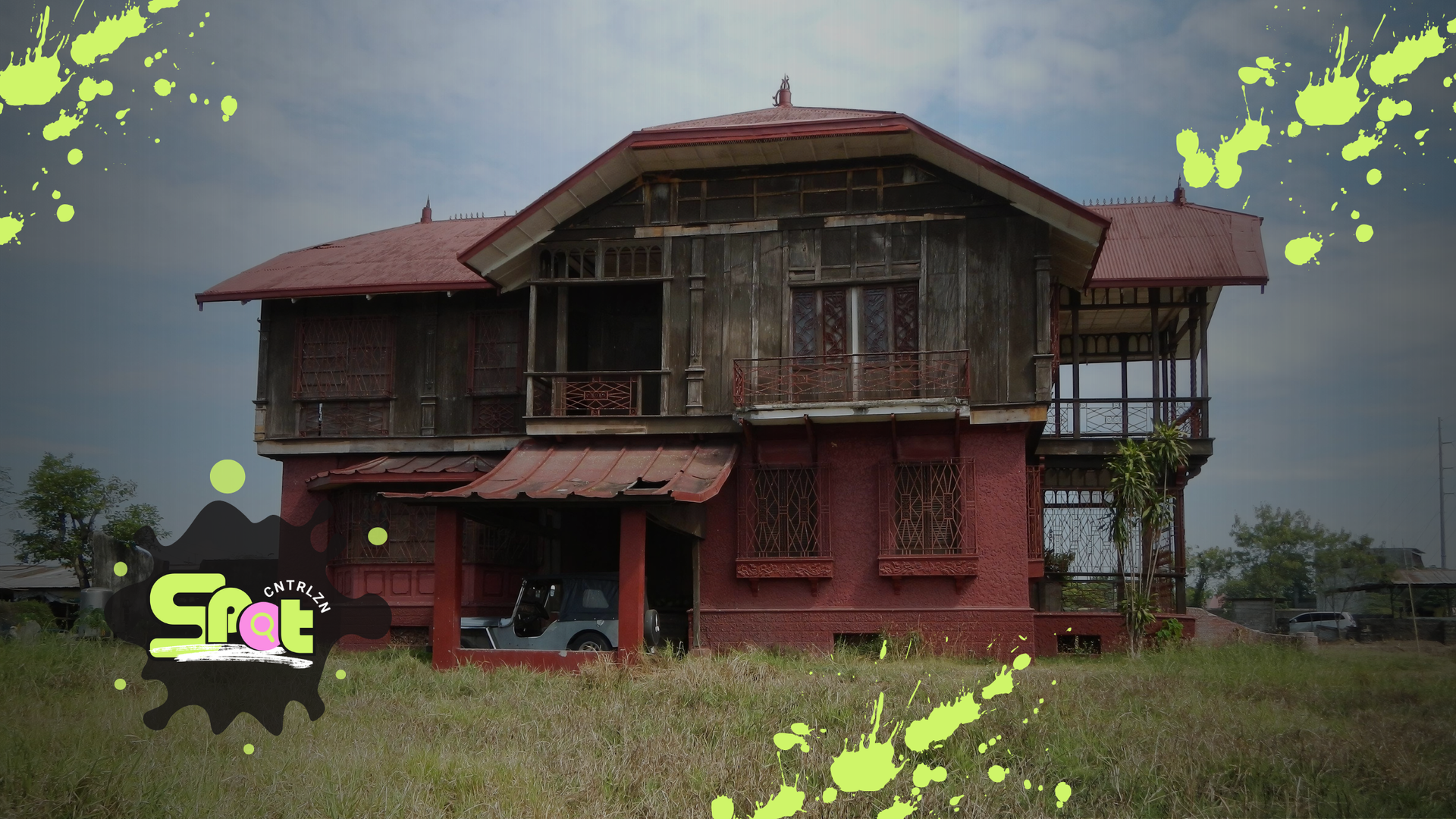The Calm Before Uwan: How to Get Your Home and Family Ready
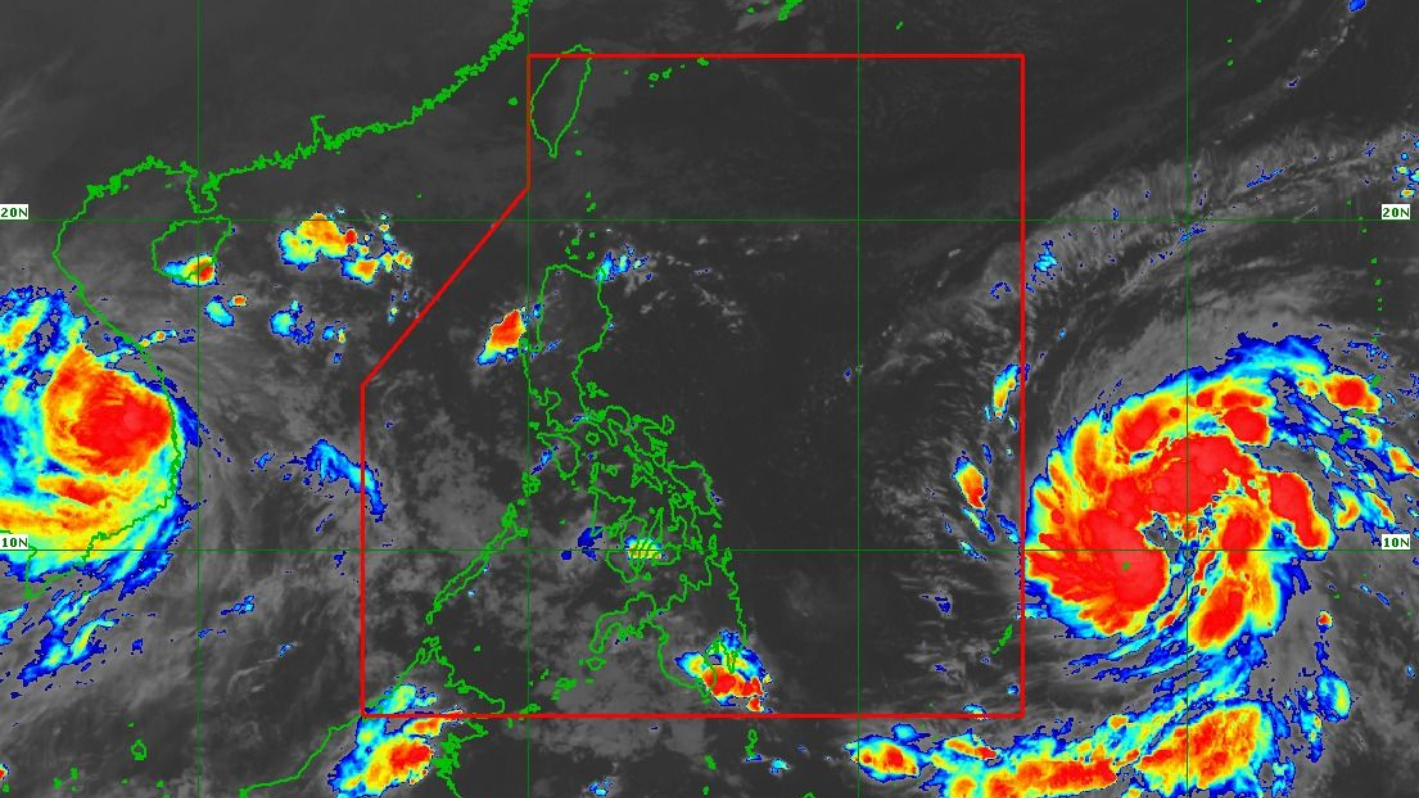
As the weather system internationally known as Fung-Wong continues to intensify over the Pacific, forecasts indicate that it will enter the Philippine Area of Responsibility (PAR) soon under the local name Super Typhoon Uwan. Early models suggest possible landfall over Northern or Central Luzon early next week, with impacts beginning as soon as Sunday evening.
While track and intensity may still shift, the storm’s large radius and potential strength mean that Central Luzon should prepare now.
Here’s what residents, communities, and local governments can do to mitigate risks before Uwan arrives.
1. Strengthen Information Awareness
Accurate and timely information is your first line of defense.
- Monitor updates from PAGASA, NDRRMC, and your local disaster councils. Bulletins are usually issued every six hours and contain crucial changes in storm movement and strength.
- Use official communication channels — radio, verified news outlets, and LGU announcements. Avoid reacting to unverified social media posts.
- Keep emergency contacts handy: barangay hotlines, local disaster offices, hospitals, and utility providers.
2. Prepare Your Household Early
Even before wind signals are raised, households should take preventive action:
- Inspect your home’s structure — secure roof sheets, windows, and doors.
- Clear canals, drainage, and surroundings of debris to reduce localized flooding.
- Charge all devices and power banks while electricity is stable.
- For coastal or flood-prone communities, elevate appliances and valuables and plan for potential relocation.
- Prepare an emergency power source such as flashlights, portable lamps, or a small generator if available.
3. Build a Reliable Emergency Kit
A well-prepared go-bag supports survival and comfort during power outages or evacuations. Include:
- Drinking water (minimum of 3 liters per person per day)
- Ready-to-eat food for 3 days
- First aid kit and prescribed medicines
- Flashlight, extra batteries, power bank
- Valid IDs, cash, and copies of important documents in waterproof bags
- Clothing, blankets, and hygiene items
- Whistle, lighter or matches, and a multi-tool
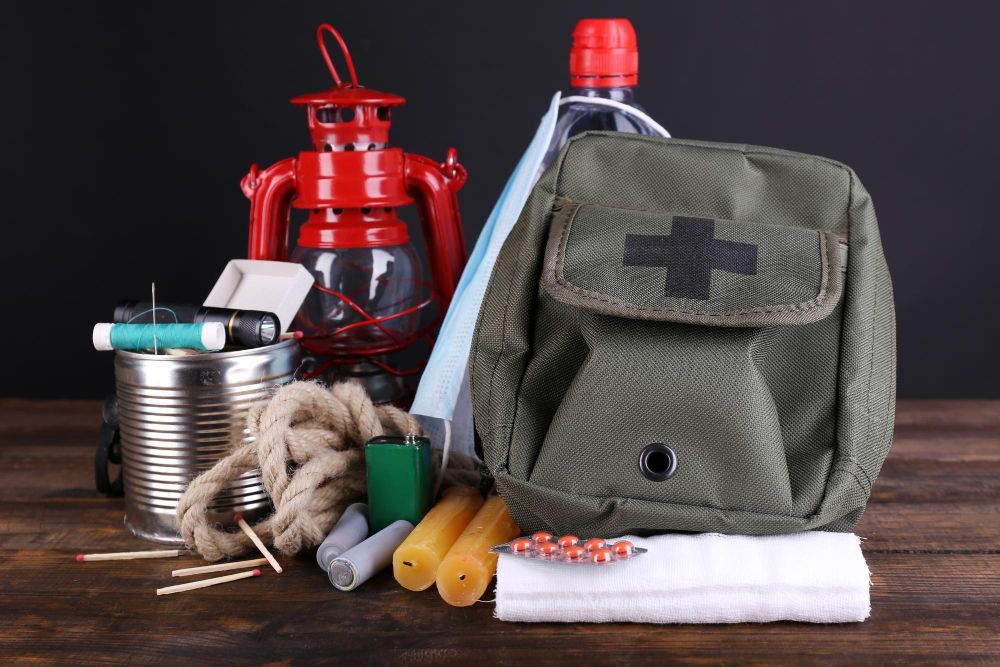
4. Plan Evacuation with Precision
Knowing where and when to move can save lives.
- Identify your nearest evacuation centers and their capacity.
- Coordinate with local barangay officials regarding designated pickup points or community transportation.
- For families with children, elderly, or persons with disabilities, assign responsibilities and pack early.
- Avoid last-minute travel — strong winds and flooding can quickly make roads impassable.
5. Protect Livelihoods and Property
For business owners and farmers across Pampanga, Tarlac, Bulacan, and Aurora:
- Safeguard farm animals and equipment by moving them to higher ground.
- Back up digital data and documents; store physical copies in sealed containers.
- For small businesses, secure storefronts and unplug equipment before closing.
- For vehicles, park in covered, elevated areas away from trees and power lines.
6. Stay Calm but Alert During the Typhoon
- Stay indoors in a secure room, away from glass windows and light structures.
- Keep listening to radio or LGU advisories — don’t rely on visual cues alone.
- Avoid wading through floodwater due to the risk of electrocution or infection.
- Turn off main electrical switches if water starts entering your home.
7. Recovery and Post-Storm Safety
When the storm passes, hazards often remain:
- Wait for official announcements before leaving shelters or returning home.
- Be cautious of fallen electrical wires, weakened trees, and unstable buildings.
- Disinfect stored water and check food before consumption.
- Document property damage for insurance or relief claims.
- Reconnect with community volunteers or barangay groups to assist in clean-up efforts.
Preparedness is not panic, it’s practical foresight.
Super Typhoon Uwan’s projected path includes Central Luzon. Prior planning can minimize disruption, safeguard lives, and ensure faster recovery. Every household, from coastal Aurora to inland Pampanga, plays a role in resilience.
As local authorities heighten alerts, take this window of calm to prepare intelligently, stock essentials, stay informed, and look out for one another.
